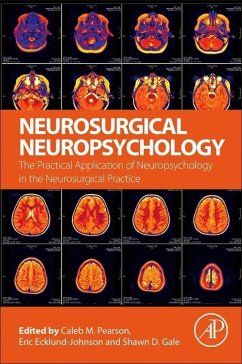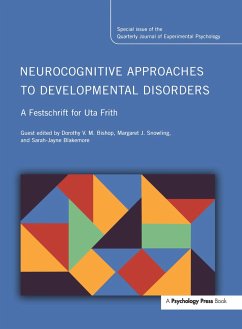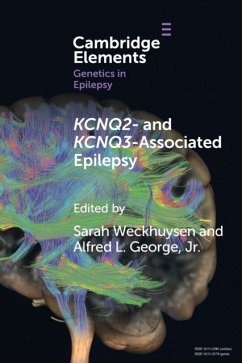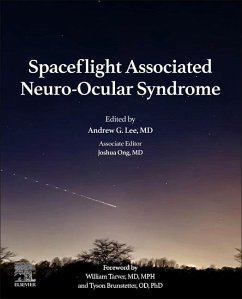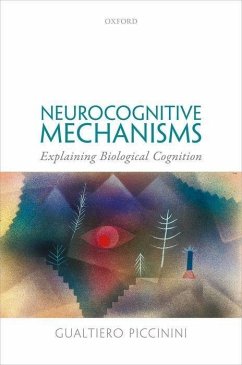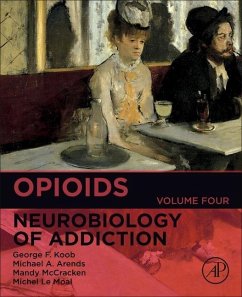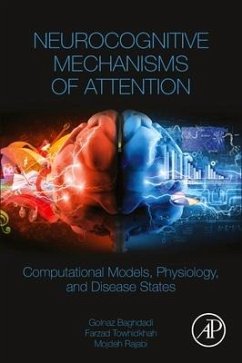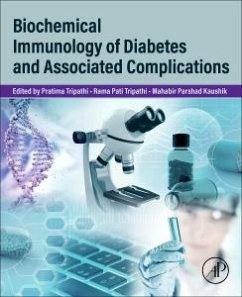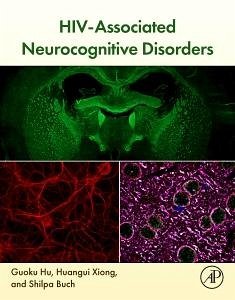
Hiv-Associated Neurocognitive Disorders

PAYBACK Punkte
112 °P sammeln!
HIV-Associated Neurocognitive Disorders (HAND) presents a complex and evolving challenge in the context of HIV-1 infection and treatment. This comprehensive volume dives into the clinical manifestations, molecular and cellular mechanisms, and therapeutic strategies underlying HAND and its associated comorbidities. This book brings together cutting-edge research and clinical insights, making it an essential resource for researchers, clinicians, and students engaged in HIV-related studies and neurocognitive research. This resource also aims to advance our understanding of HAND to contribute to t...
HIV-Associated Neurocognitive Disorders (HAND) presents a complex and evolving challenge in the context of HIV-1 infection and treatment. This comprehensive volume dives into the clinical manifestations, molecular and cellular mechanisms, and therapeutic strategies underlying HAND and its associated comorbidities. This book brings together cutting-edge research and clinical insights, making it an essential resource for researchers, clinicians, and students engaged in HIV-related studies and neurocognitive research. This resource also aims to advance our understanding of HAND to contribute to the development of novel diagnostic tools and therapeutic interventions for improved patient outcomes.




